Open Streets 2024 season kicks off across NYC
learn more
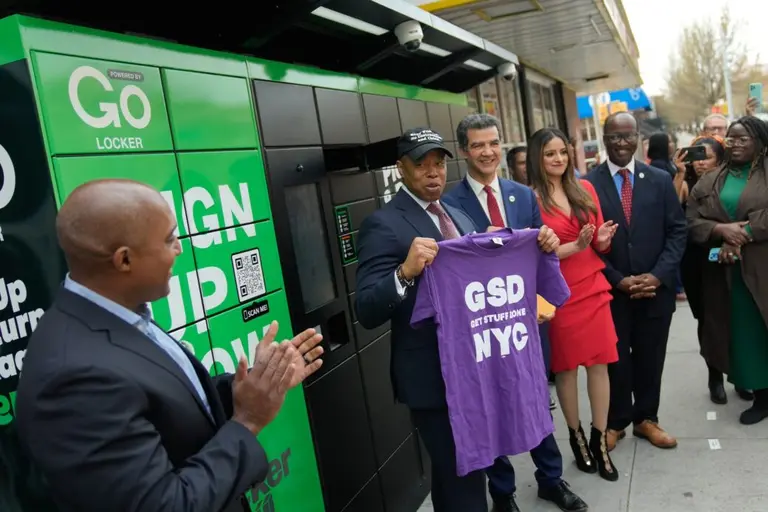
Image courtesy of Michael Appleton/Mayoral Photography Office on Flickr
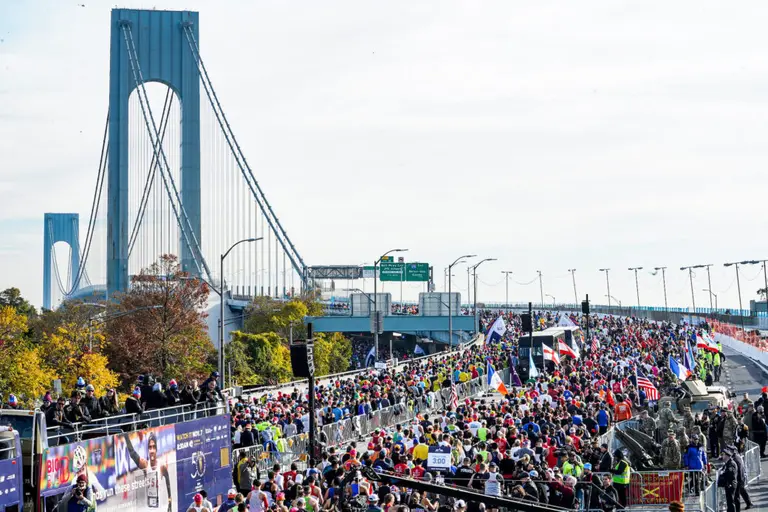
The TCS New York City Marathon on Sunday, Nov. 7, 2021. Photo: Marc A. Hermann / MTA on Flickr
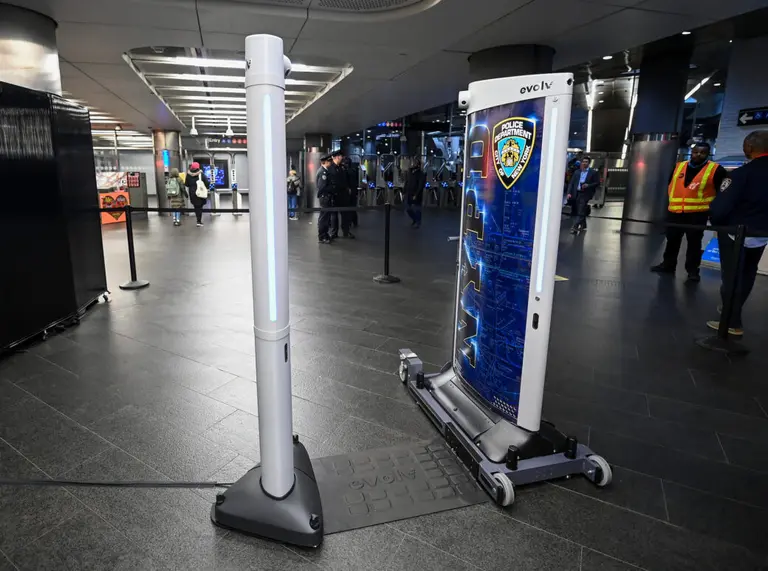
Photo courtesy of Marc A. Hermann / MTA on Flickr
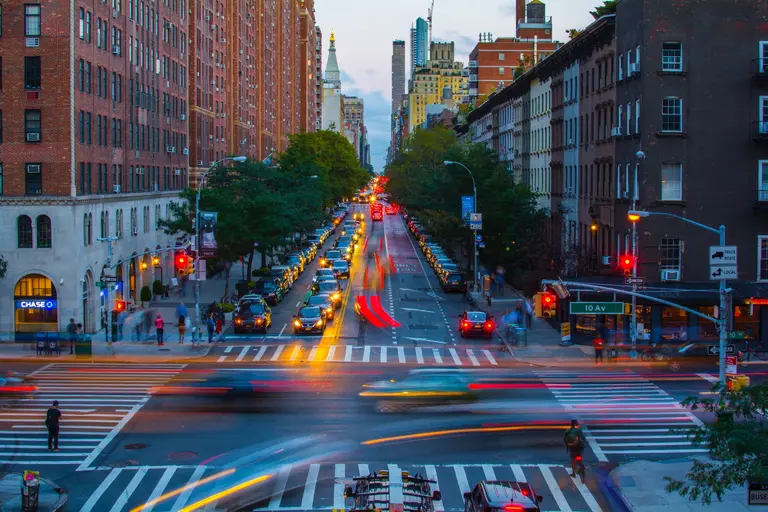
Photo by Jesús Mirón García on Pexels
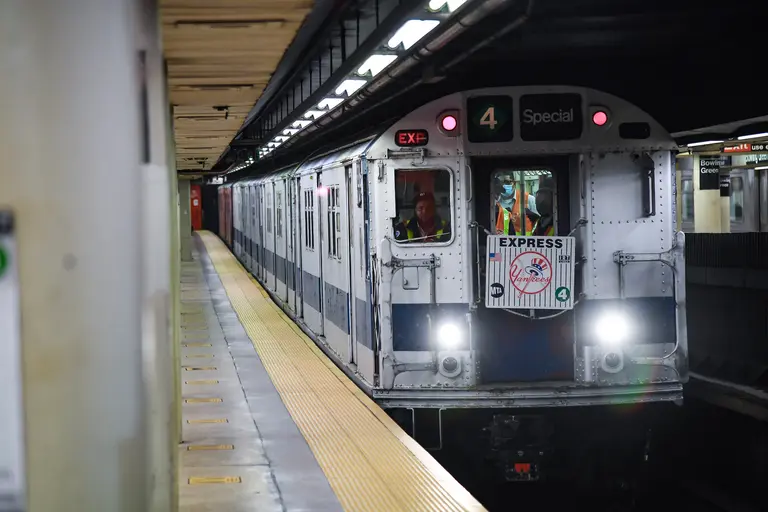
Photo by Marc A. Hermann/ MTA on Flickr
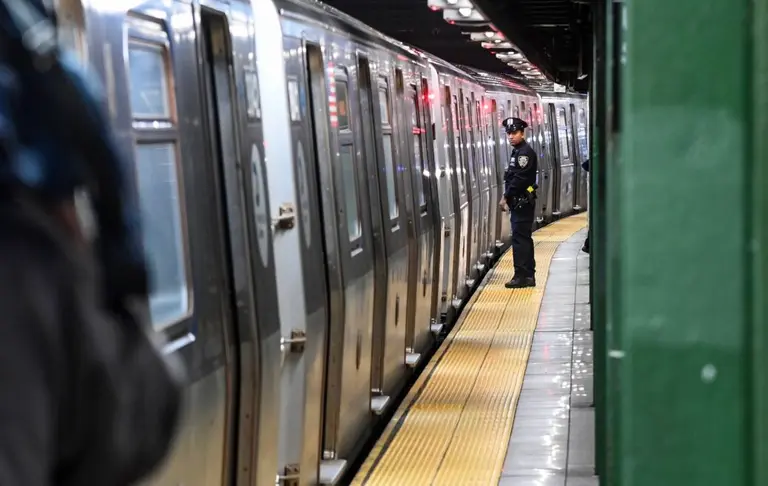
Image courtesy of Marc A. Hermann / MTA on Flickr
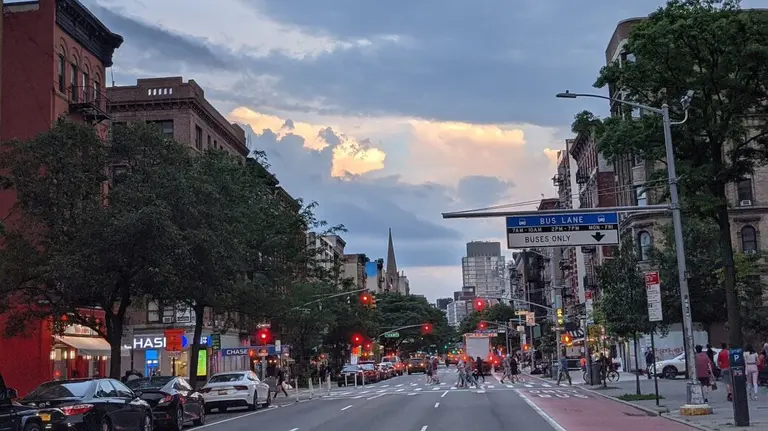
Photo by Eden, Janine and Jim on Flickr
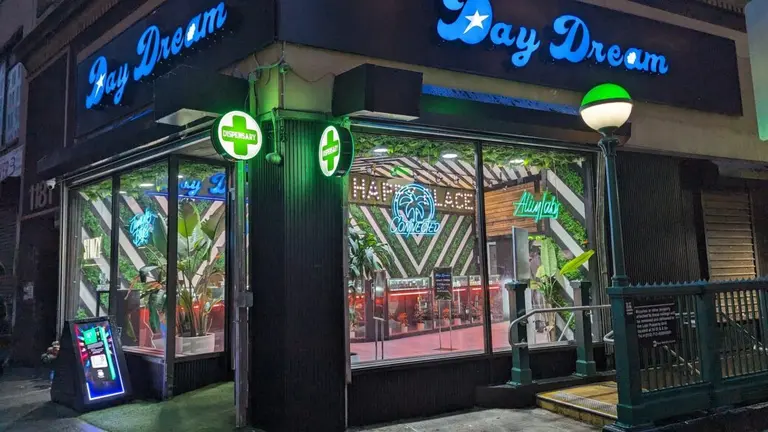
Photo by Eden, Janine and Jim on Flickr
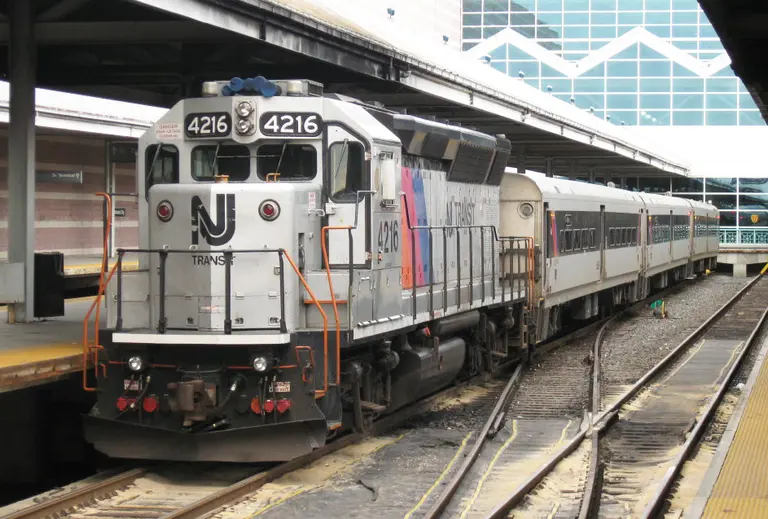
Photo by Adam E. Moreira via WikiCommons
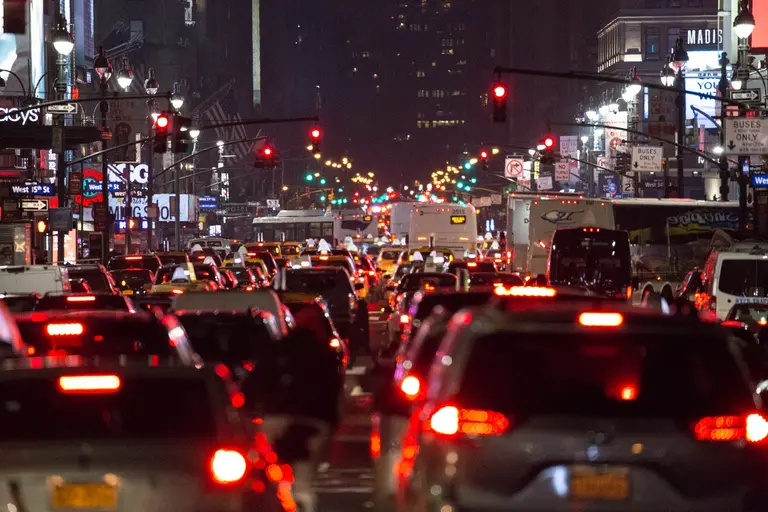
Image courtesy of Strolicfurlan on Flickr

Image courtesy of Lerone Pieters on Unsplash
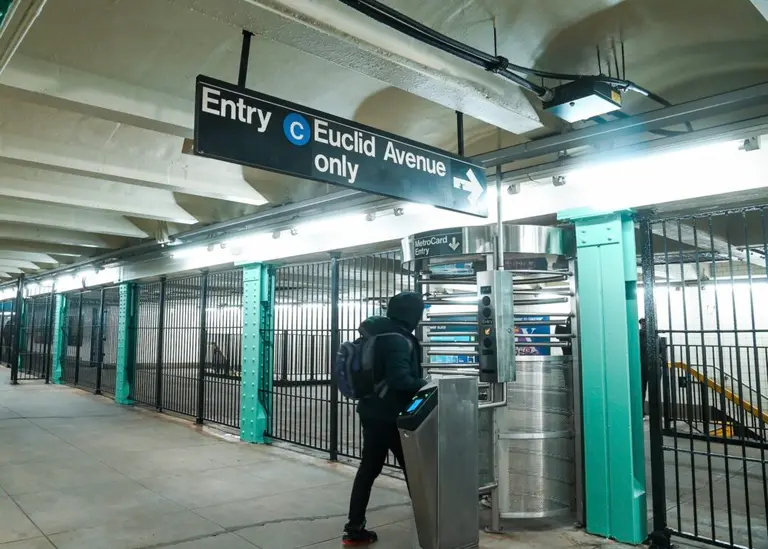
Image courtesy of Marc A. Hermann / MTA on Flickr
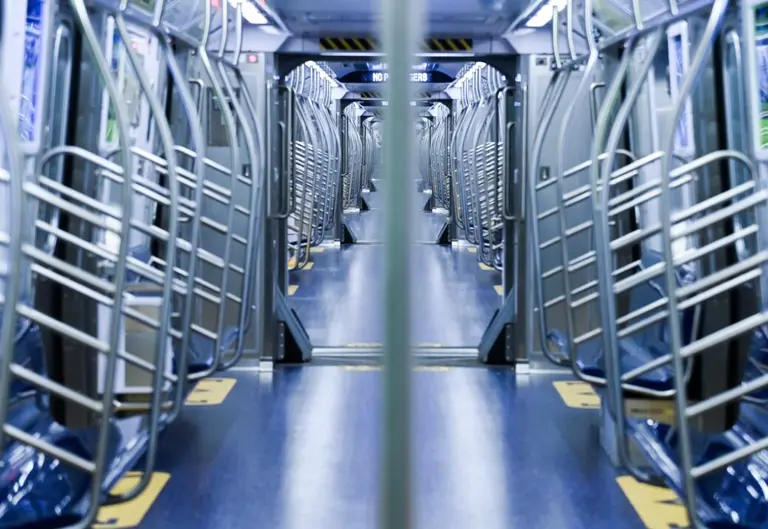
Image courtesy of Marc A. Hermann / MTA on Flickr
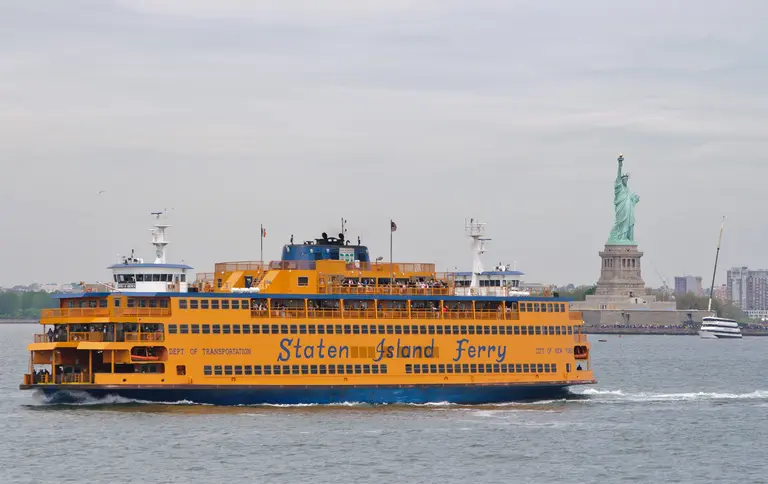
Photo by Scarlet Sappho on Flickr